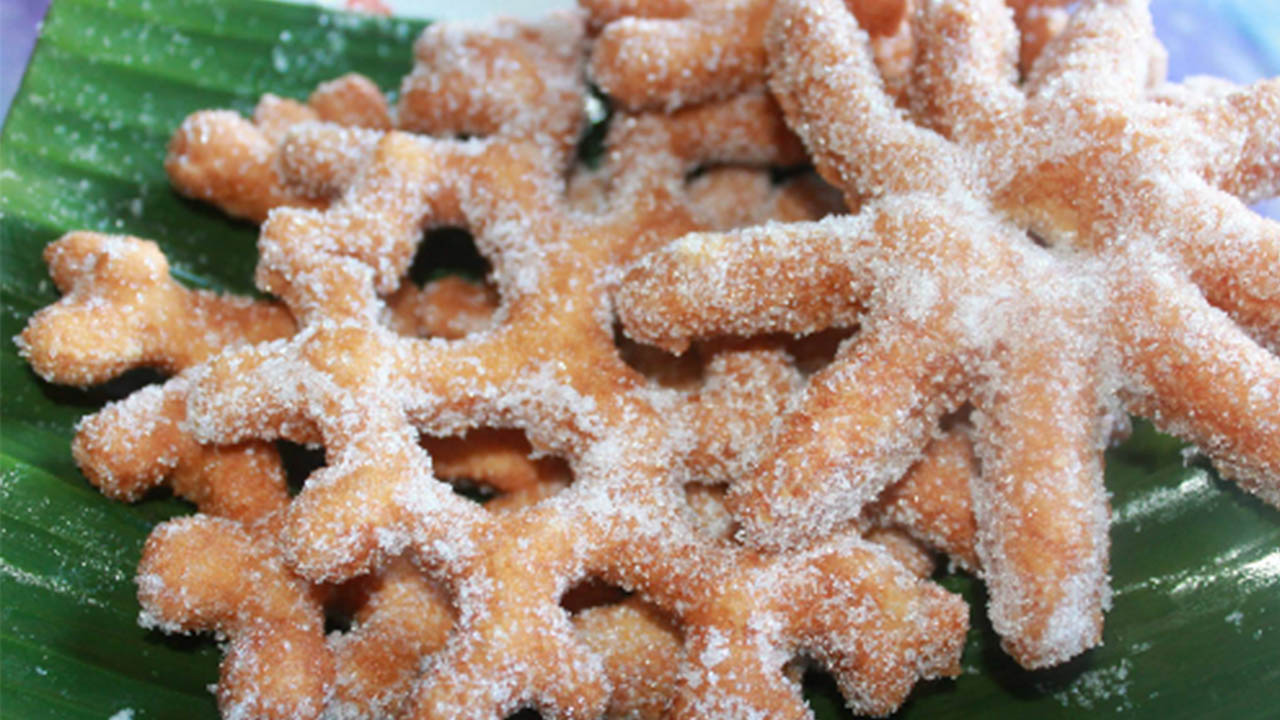
Source: Collected internet.
Vietnam has an area of 331,212 km², a land border of 4,639 km, a coastline of 3,260 km, and shares a maritime border with Thailand through the Gulf of Thailand and with China, the Philippines, Indonesia, Brunei, Malaysia through the East Sea. Vietnam claims sovereignty over two disputed geographical entities in the East Sea, the Hoang Sa archipelagos (which has lost control in reality) and Truong Sa
Vietnam is a country with 54 different ethnic groups, each of which has its own unique and impressive culture and identity. It is this difference in ethnic composition that has contributed to creating a very diverse, rich and unique beauty for Vietnam's culture that no other country can replace. Customs in Vietnam have a long tradition spanning thousands of years, it has become customary law, deep and firmly embedded in the hearts of every Vietnamese person.
According to the ups and downs of the nation's history, Vietnamese customs and practices are constantly being innovated according to social trends. One of the oldest and most influential customs in history is the custom of chewing betel. This is a custom that dates back to the Hung King period and originates from the legend of Trau Areca and this custom has become a typical image of the brotherhood and love between husband and wife of Vietnamese people. Not only the custom of chewing betel, Vietnam also has another custom that was born in ancient times, which is the custom of welcoming the new year, also known as Tet - traditional Tet.
As a province in the Southeast region, Binh Phuoc is known for its pristine and idyllic beauty. In recent years, Binh Phuoc is emerging as an interesting place to visit and explore for domestic and foreign tourists.